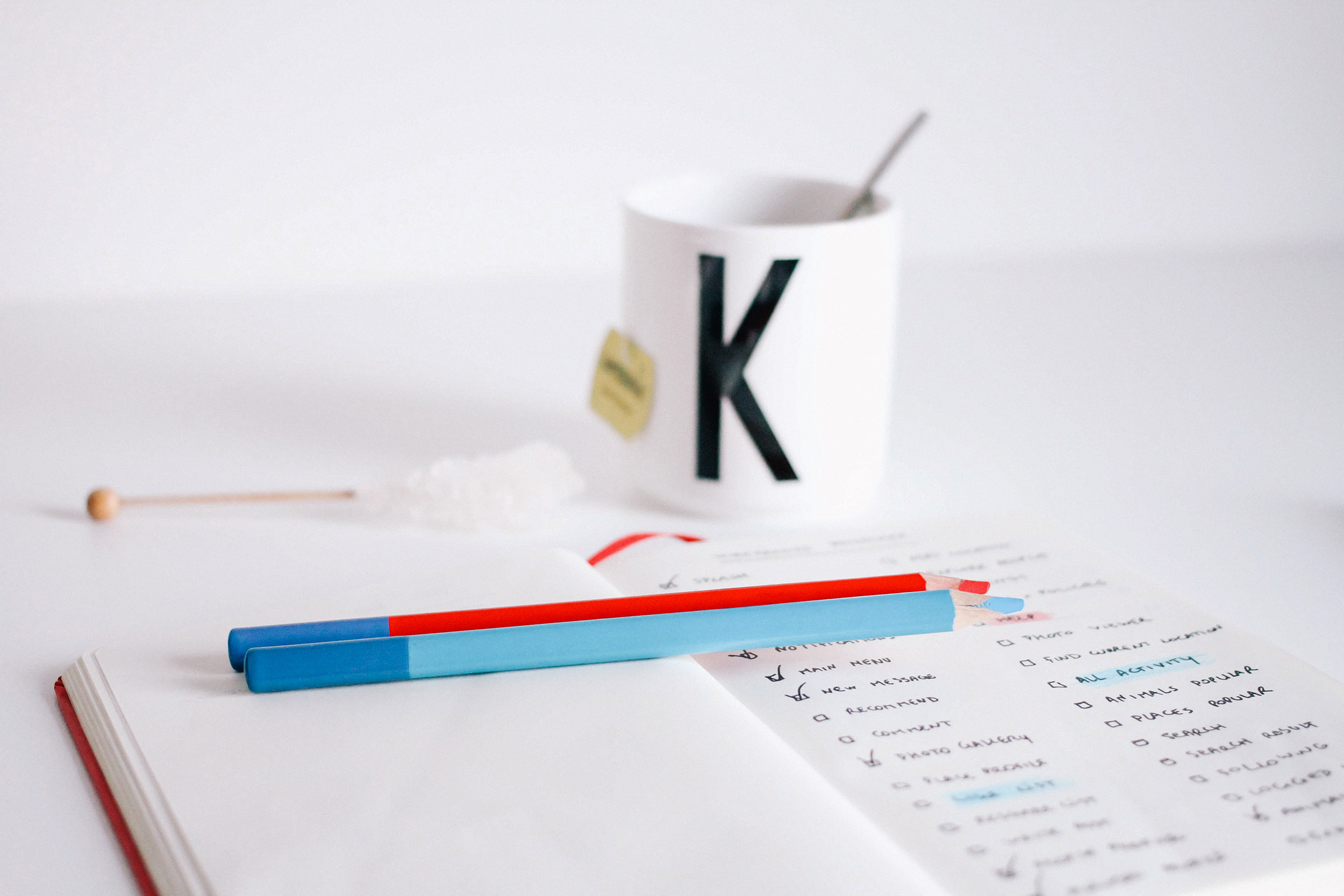
When 2 + 2 Still Don’t = 4
Now that you’ve mastered the basics of plurals (see 2 + 2 Doesn’t Always = 4), let’s look at…
April 26, 2016
Now that you’ve mastered the basics of plurals (see 2 + 2 Doesn’t Always = 4), let’s look at…
April 26, 2016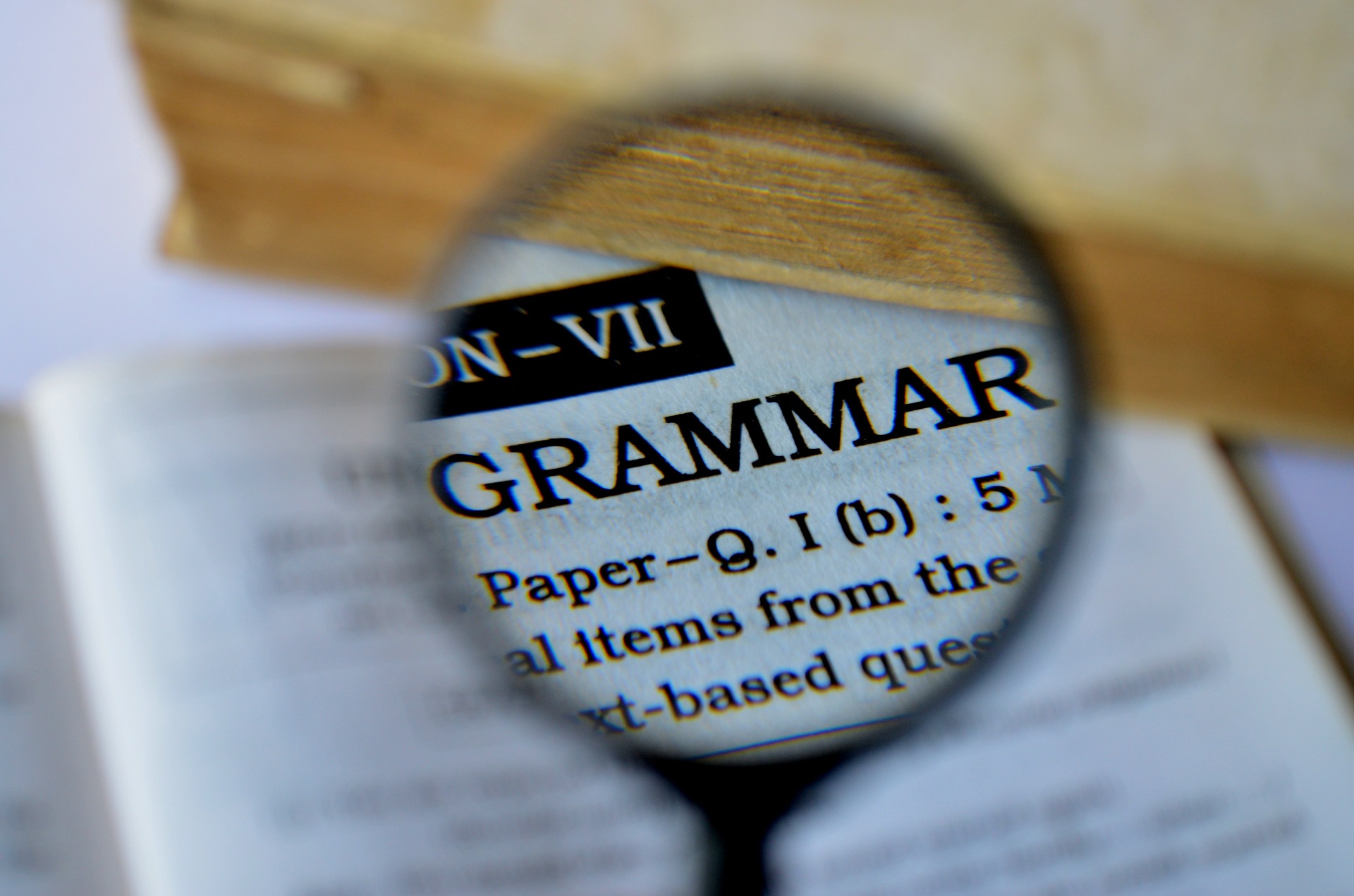
Lots of time we hear verbal patterns that may be acceptable (to some people) in speech, but they are…
April 17, 2016
Practice makes perfect. I believed this mantra for years until a music teacher changed my mind. “Perfect practice makes…
April 15, 2016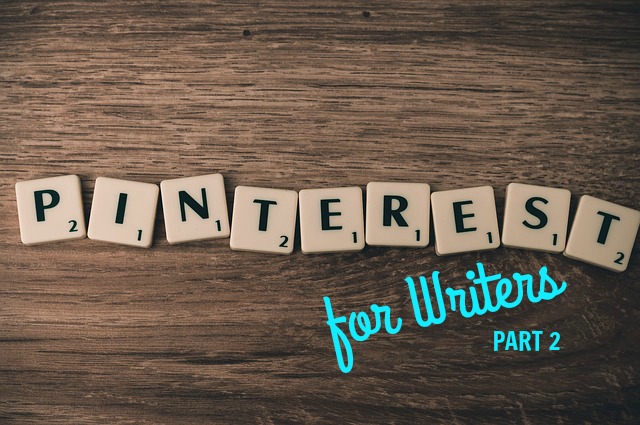
Pinterest for Writers: Part 2 When I teach computer classes for Christian writers and speakers, many attendees are surprised…
March 19, 2016
Students of English learn quickly that to every rule, there is an exception; sometimes the exception is the rule.…
March 18, 2016
We’re continuing to examine words that are used incorrectly. Enthused/Enthusiastic—Although enthused has become acceptable in standard usage, old school…
March 12, 2016
One of the occupational hazards of the writing-editing life is back and/or neck pain as a result of poor…
February 27, 2016
For the past couple of posts, we’ve been focusing on confusing word pairs. Today will continue with a few…
February 22, 2016
Shortly after moving to the Islands, a new habit easily became walking early on the beach. On one particular…
February 18, 2016
Every writer needs an editor or at least a proofreader. Even experienced writers benefit from another pair of eyes…
February 12, 2016
We’ll take a break from adding more confusing words to our list this time and focus only on…
February 9, 2016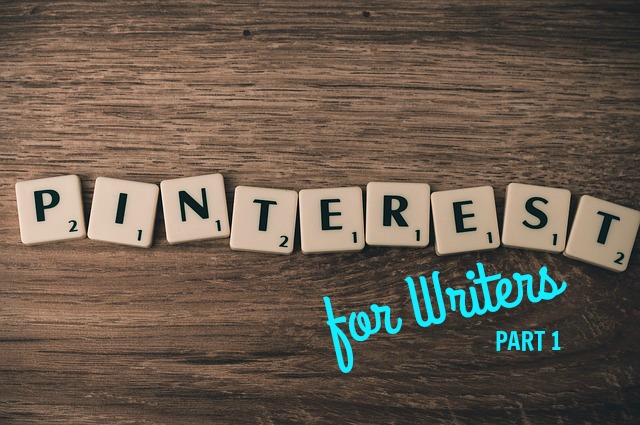
Pinterest for Writers – Part 1 If you’ve heard about Pinterest and think it’s only for women or crafters,…
February 6, 2016
Transitions are an important element in our writing. Without them a paragraph can sometimes feel like we are reading…
January 28, 2016
A few days before the deadline for this blog I had some time to begin thinking about the next…
January 12, 2016
Welcome to 2016! I hope you’ve already begun your writing journey by creating a scene, outlining the bones of…
January 10, 2016
The English language has many confusing words because of all of those homonyms and synonyms (don’t even get me…
January 9, 2016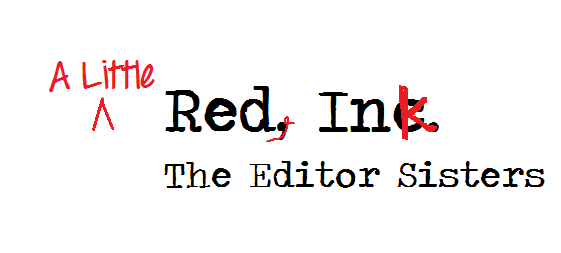
What is a line edit? It’s not a mere cleaning up of the manuscript. A true line edit can…
December 26, 2015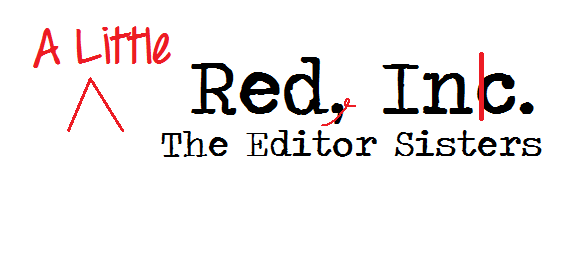
What is a copy edit? When you’re ready to choose a freelance editor, knowing the level of edit you’re…
December 13, 2015
I’m a firm believer in being efficient. Why waste time when a little planning can make such a positive…
December 10, 2015Writing Prompt #4 Arriving at work early, I was sitting in my car thinking about this month’s writing prompt…
December 7, 2015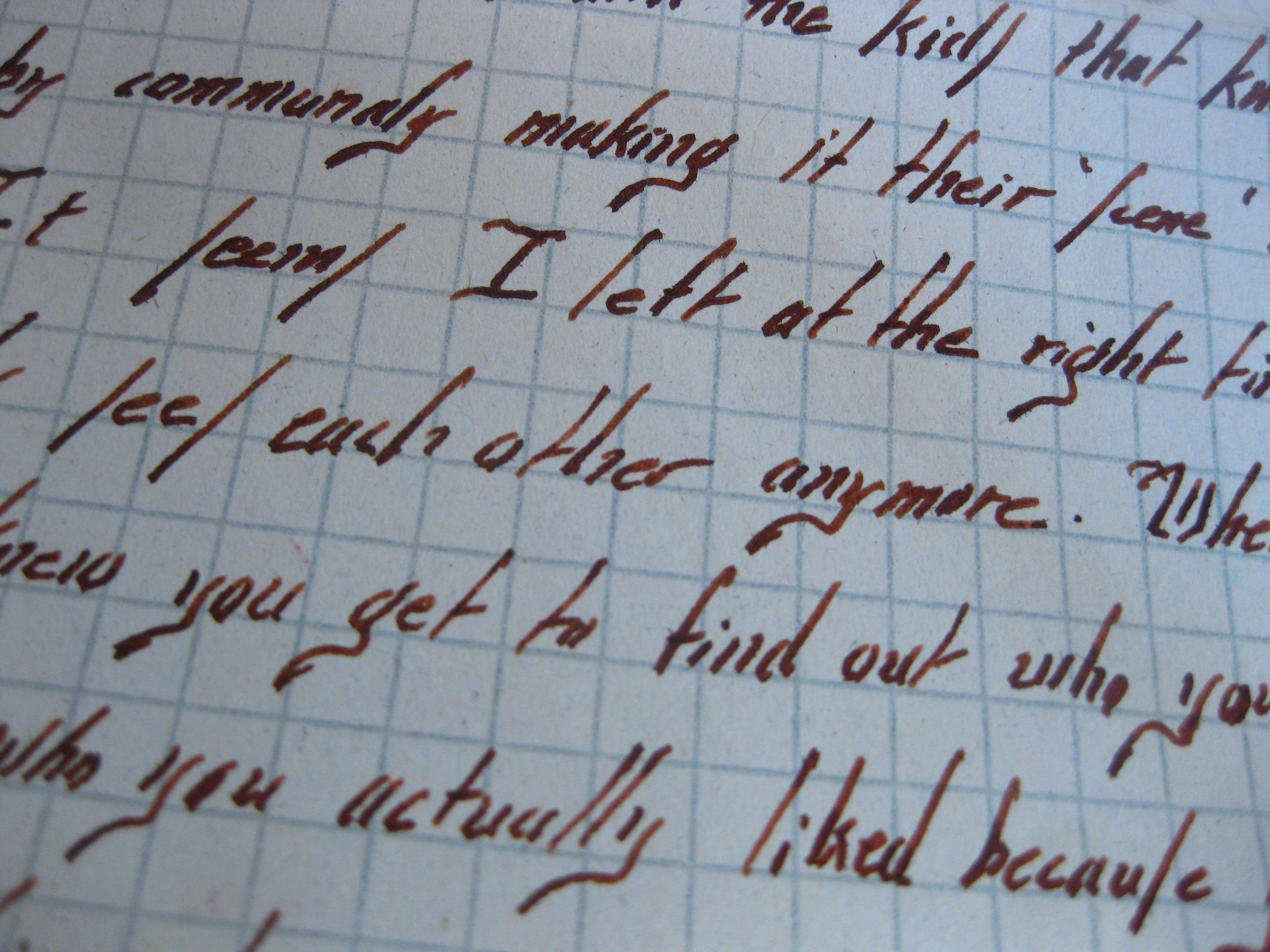
Let’s categorize these three figures of speech as “substitutions.” We’re going to explore three devices that make a point…
November 27, 2015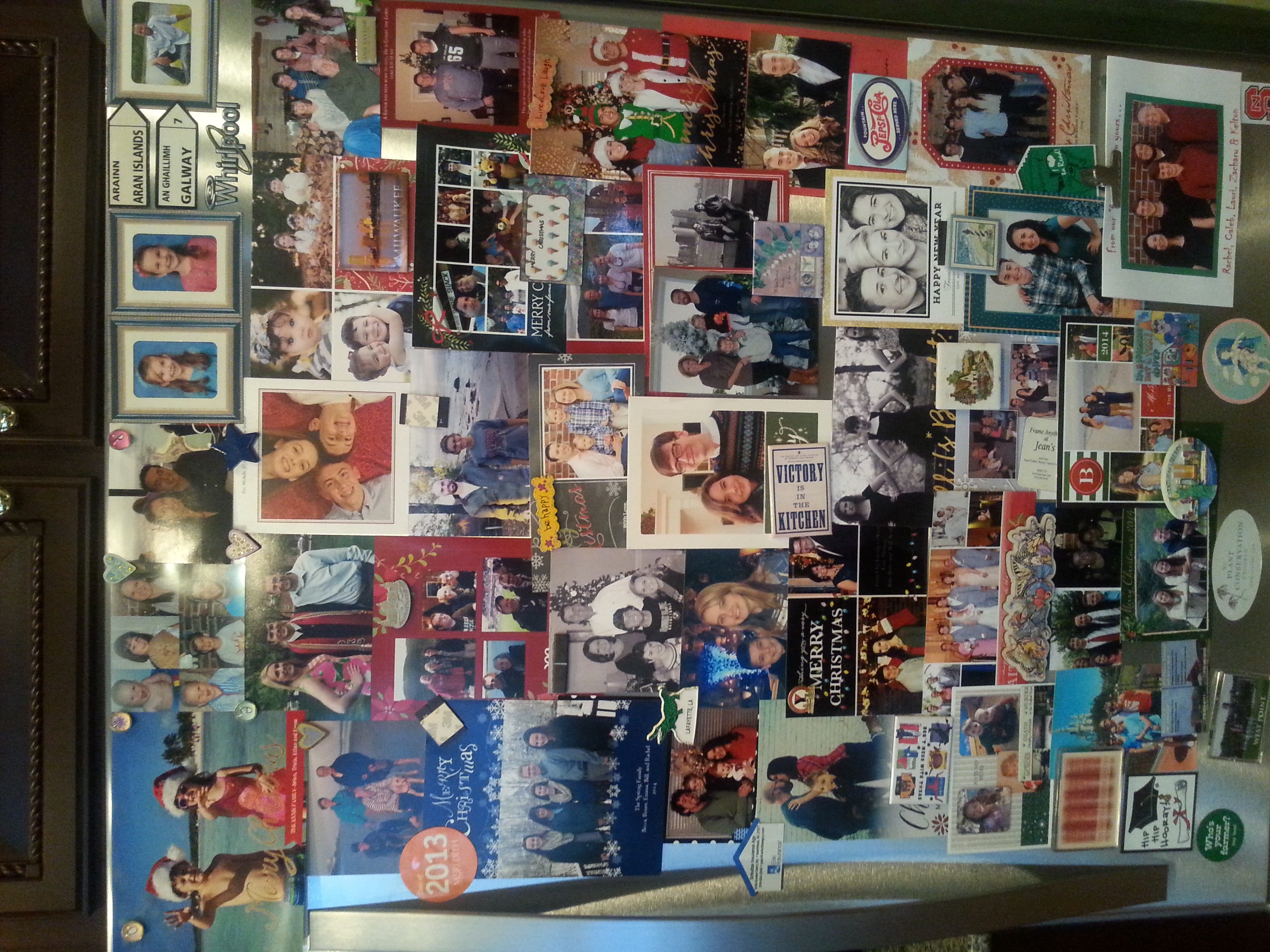
I love Christmas. I especially love sending and receiving Christmas cards. We send out a lot from our house,…
November 24, 2015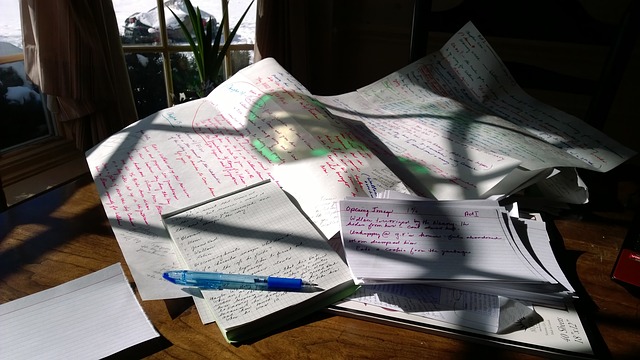
A fellow wordsmith recently shared his method for writing a novel. I was so intrigued by his straightforward process,…
November 23, 2015
What is a macro edit? When you’re ready to choose a freelance editor, knowing the level of edit you’re…
November 11, 2015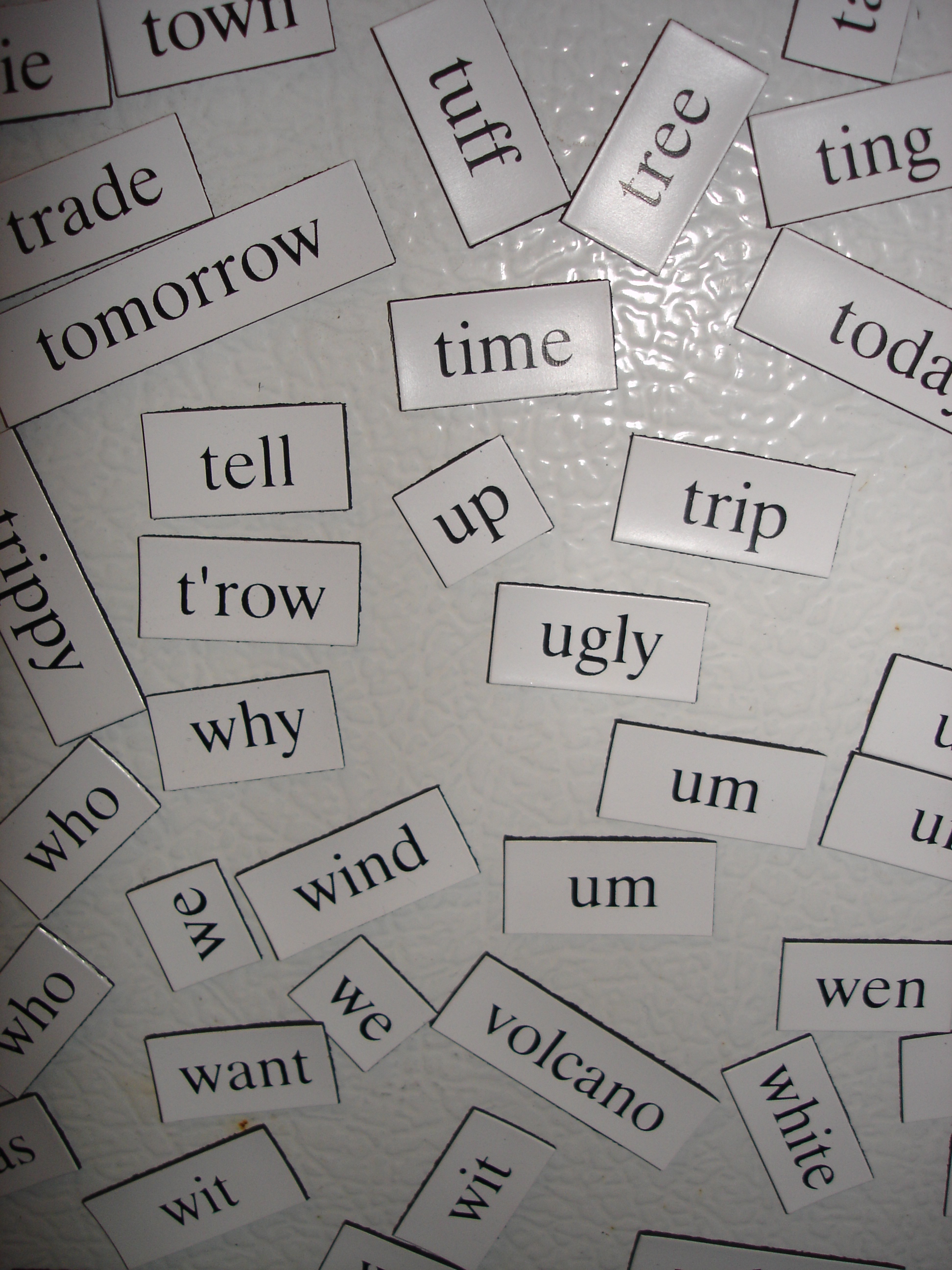
A hyphen is a type of punctuation linking words that form one idea to avoid confusion. Here are a…
October 26, 2015